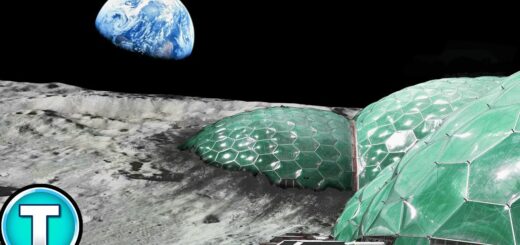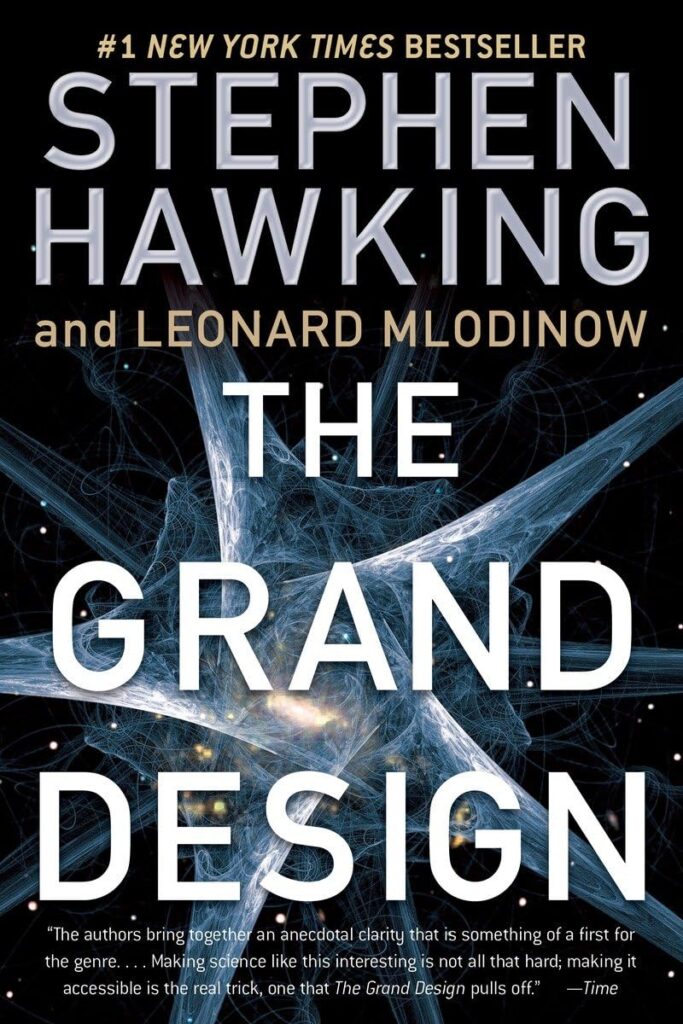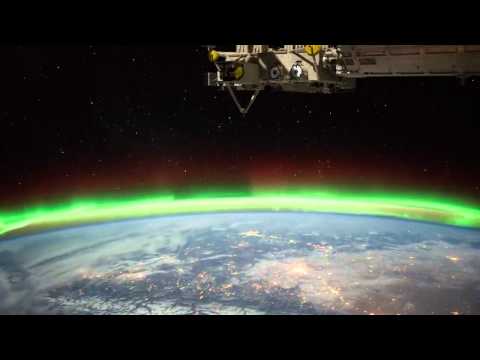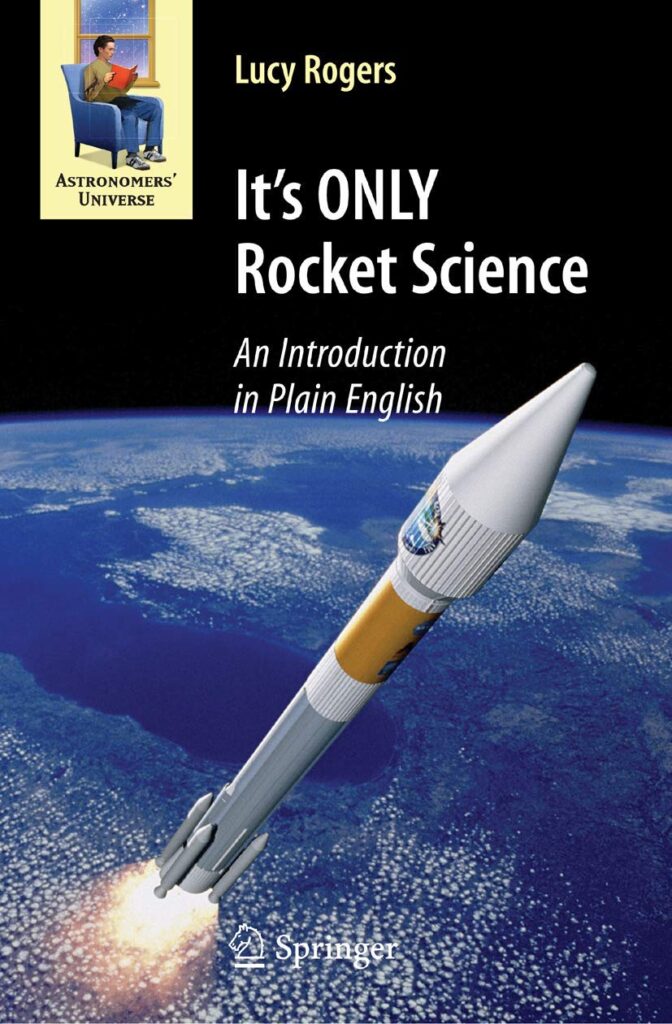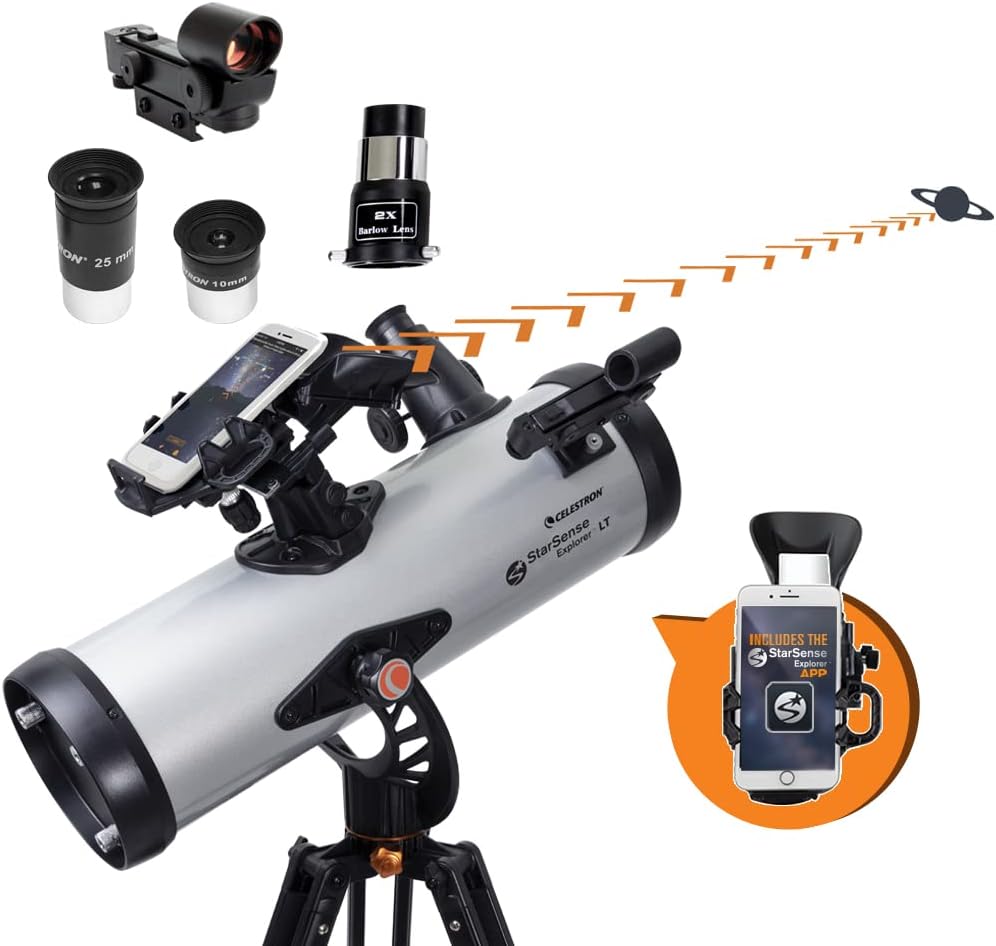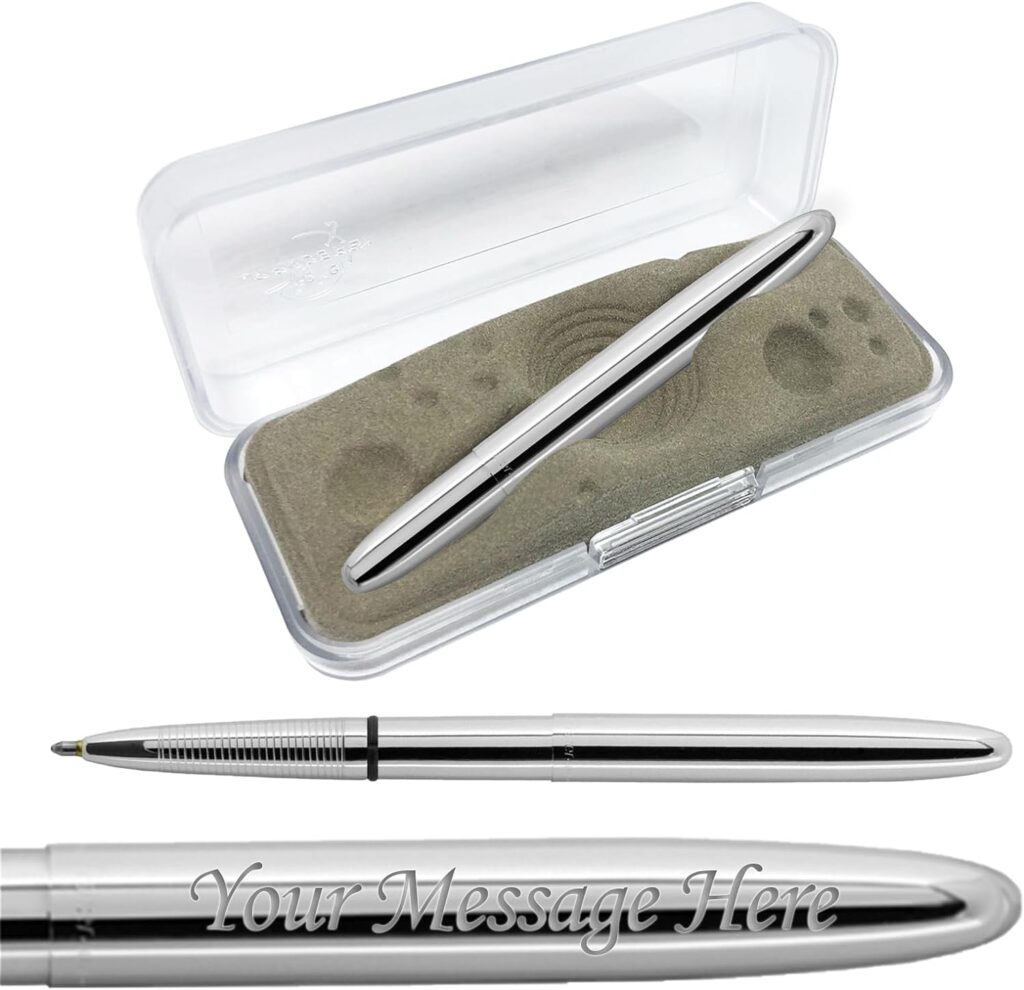Can Astronauts Return to Earth Without Russia?
OLD NEWS BUT DOES US STILL NEED RUSSIA OR WILL COMPANIES LIKE SPACEX FILL THE GAP – Tensions are rising between the U. S. and Russia
over the Ukraine crisis. So what happens if Russia decides it’s not in it’s best interest
to bring American ISS astronauts home?Welcome to DNews everyone, I’m Trace and this
is your Weekly Space Update. First, I wantto say, the conflict between Russia and Ukraine
is something NASA is monitoring and our contactsthere say that the landing on March 10 and
the launch on March 25 are both on schedule. Since the NASA space shuttle program is over,
the US pays Russia to take American astronautsinto space. As of August last year the price
was $70 million per seat — which is a lot. What if Russia decided to just say “screw
this. “? How will our space nerds get our astronautsback to Earth?On the International Space Station, there
are always two Soyuz spacecraft ready to beused as lifeboats — but since this is hypothetical,
let’s say they can’t use those. How wouldsome of the more creative, scientific, minds
of our time envision getting an astronautfrom space back to Earth in a. . . . how shall
I. . . Non-Traditional sense? Lucky for us,during the early days of the space program,
engineers and scientists worked on this exactproblem. Back in the late-1960s, scientists at General
Electric came up with the MOOSE — Man OutOf Space Easiest or Manned Orbital Operations
Safety Equipment. As reported in a 1966 issueof Popular Mechanics, the astronaut bails
out of the spacecraft and into the MOOSE wherefoam fills up what looks like a life-raft
and after the heat of reentry, the parachuteopens and a beacon is activated. It was tested
by Mercury astronauts, but never used or purchased,because. . . well, look at it: It’s a foamy
raft thing in space. There were other systems too, like the Paracone
or the Cocoon, both designed to be transportedup deflated and then inflated in case of emergency.
The Douglas Paracone was a ballistic cone,basically a pilotable heat shield with a rocket
engine for re-entry alignment. It didn’t havea parachute, and would just crush part of
it on landing. . . the ’60s were crazy! TheGoodyear Airmat was an inflatable cocoon ball
for two space station-based astronauts. Theball would be the heat shield, but they never
quite figured it out. Rockwell proposed a giant balloon, not unlike
the space jump from a couple years ago. TheSAVER would have a small heat shield behind
the astronaut and a giant balloon in front. Once in the atmosphere the balloon would inflate
and bam, the slow descent could start. Therewere SO MANY designs, escape pods and manned
vehicles — some were ruled out because ofweight limits, others because of cost to develop
the technology. In the end, none of these designs were implemented,
or needed. Ejection seats at space shuttlespeeds would tear humans apart — so astronauts
simply accepted the danger as part of therisk of space travel. According to my sources at NASA, at the moment,
we’ve got no contingency plan to bring ourastronauts home, because we don’t really need
one. The space agencies of Russia and theUnited States have always worked together
outside of their political differences. Let’s hope it all works out, because in the
end, space exploration benefits all of mankind. Nerds don’t care. They got science to do!Are ANY of these enticing to you? Or do you
have a better idea? Subscribe, and tell usabout it below and we’ll see you next week
for more Space Updates.

